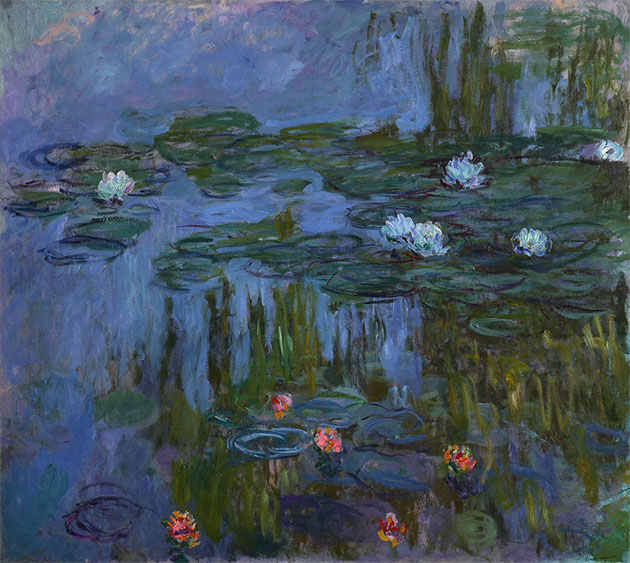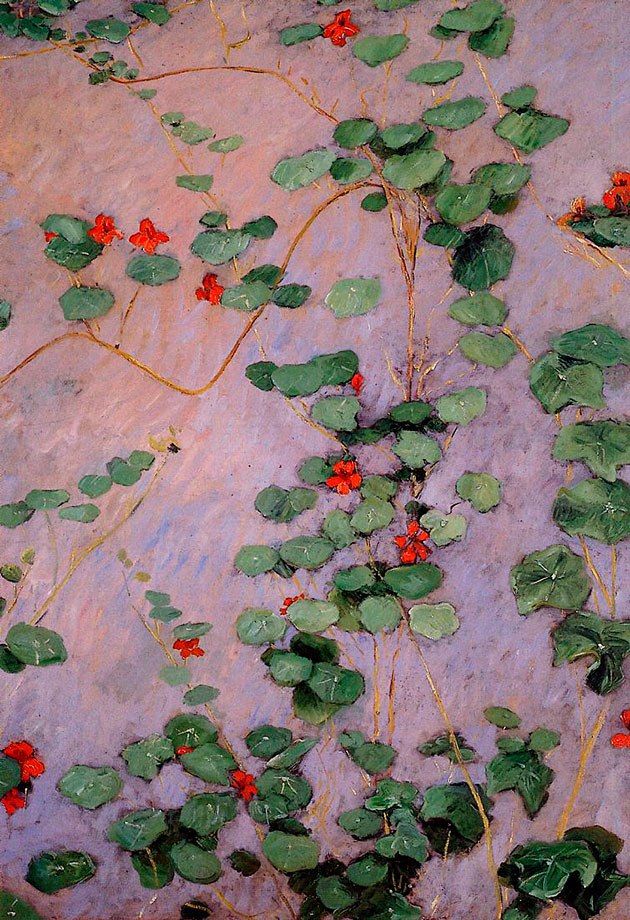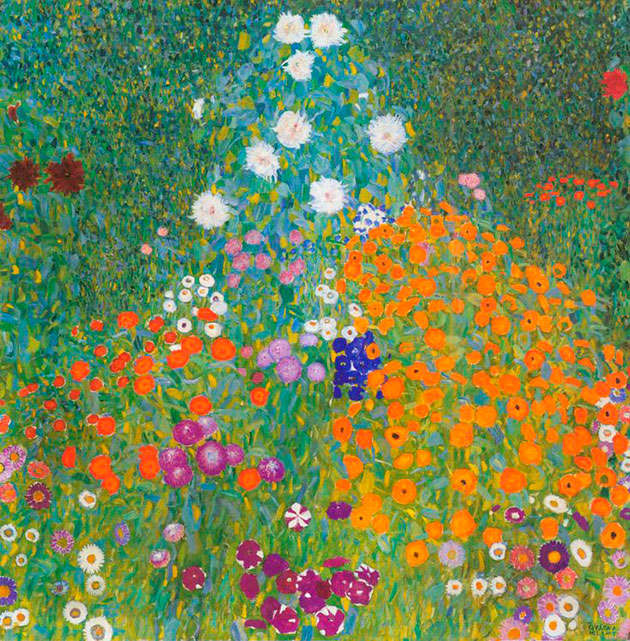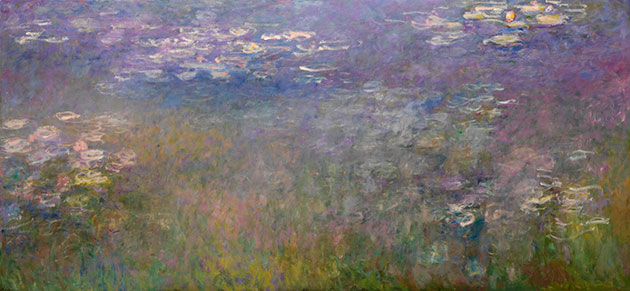Modern Garden: Monet to Matisse

I was invited along to a ‘blogger’s evening’* at the Royal Academy on Friday to check out their new show, Modern Garden: Monet to Matisse.
The show documents the huge popularity of gardens as a subject amongst painters during the second half of the 19th century, and the beginning of the 20th. It’s a very Royal Academy show: beautiful, accessible, and popular / populist. It’s all extremely civilised. That could be damning with faint praise, and certainly some of the paintings in the exhibition are almost offensively pretty – but overall, it’s a good show, particularly thanks to the later works by Monet.
At the beginning of the evening we were given a passionate and informative introductory talk by art historian Graham Greenfield, who explained that although gardens had existed throughout history, they had largely been habitats of the rich and privileged. With the industrialisation of the 19th century though, and the growing middle class, gardens had flourished as domestic spaces. An explosion of affordable publishing had allowed a rapid and extensive spread of horticultural knowledge through books and seed catalogues. (As well as the paintings, there are photographs and ephemera on display in the show, including some beautiful copies of the Dictionnaire Pratique D’Horticulture et de Jardinage.)
Gardening had become a thing.
And at the same time, the Impressionists were responding to the advent of photography. Painting had been freed up from being directly representational, and could now be far more expressive.
Within this context, the show presents the work of a wealth of big names: Renoir, Cezanne, Pissarro, Monet, Sargent, Kandinsky, Van Gogh, Matisse, Klimt and Klee. The show is organised by various themed rooms (Impressionist Gardens, International Gardens, Gardens of Silence and Reverie, and Avant Gardens – see what they did there?) Threaded throughout these are rooms dedicated to Monet.
The first room, showing the early days of Impressionism, is perhaps the least interesting – it feels as if all the artists are working from the same fixed viewpoint. But as the show progresses, the work becomes more and more interesting, as it slowly evolves into something closer to abstraction.
The paintings that really caught our eye were Gustave Caillebotte’s Nasturtiums (1892), and Gustav Klimt’s Cottage Garden (1905-7).


But Monet is the undoubted star, and the work he made based on his gardens in Giverny takes centre stage.
It’s the final room that holds the real show-stopper, with the three paintings that make up Monet’s triptych Water Lilies (Agapanthus) having been brought together for the first time outside of the USA. They cover three walls of the octagonal Wohl Central Hall, so that as you stand in front of the central panel, your vision is filled with Monet’s incredible painting. You feel as if you’re simultaneously floating in and above the water of the pond. And at the same time, you’re drawn to the surface of the canvas, to the individual brush strokes – you can see why these paintings were so inspirational to Jackson Pollock. They’re quite wonderful.

They are part of the series of huge (around 2m x 4m) canvases Monet made at Giverny, the Grandes Décorations. You can see others from this series in a couple of dedicated oval rooms at the Musée de L’Orangerie in Paris. (If you can’t visit there in person, you can always Google your way round.)
The show is definitely worth a visit – be warned though, it’s busy, and probably well worth trying to get there early in the day, ahead of the crowds, while you can still have some chance of feeling like you’re enjoying the peace and calm of a beautiful garden.
--------------
* Why is it that that sounds so undignified?